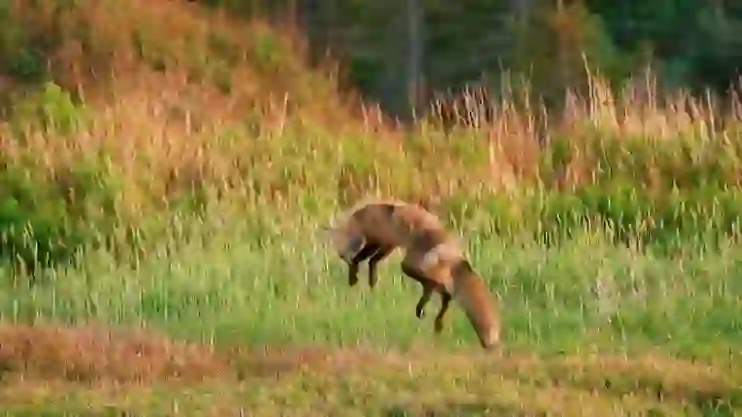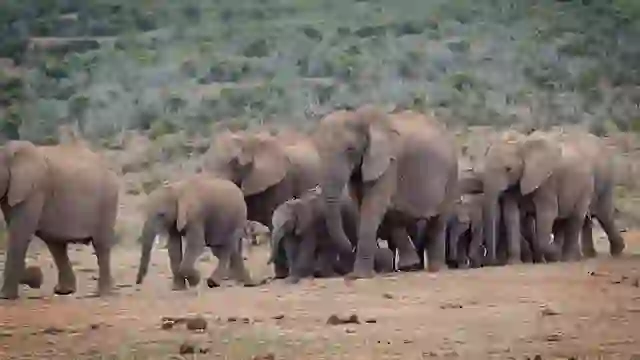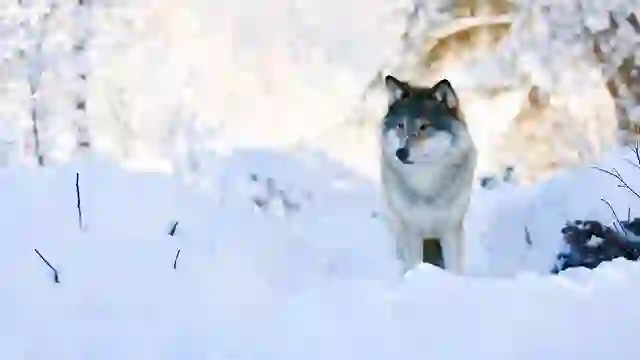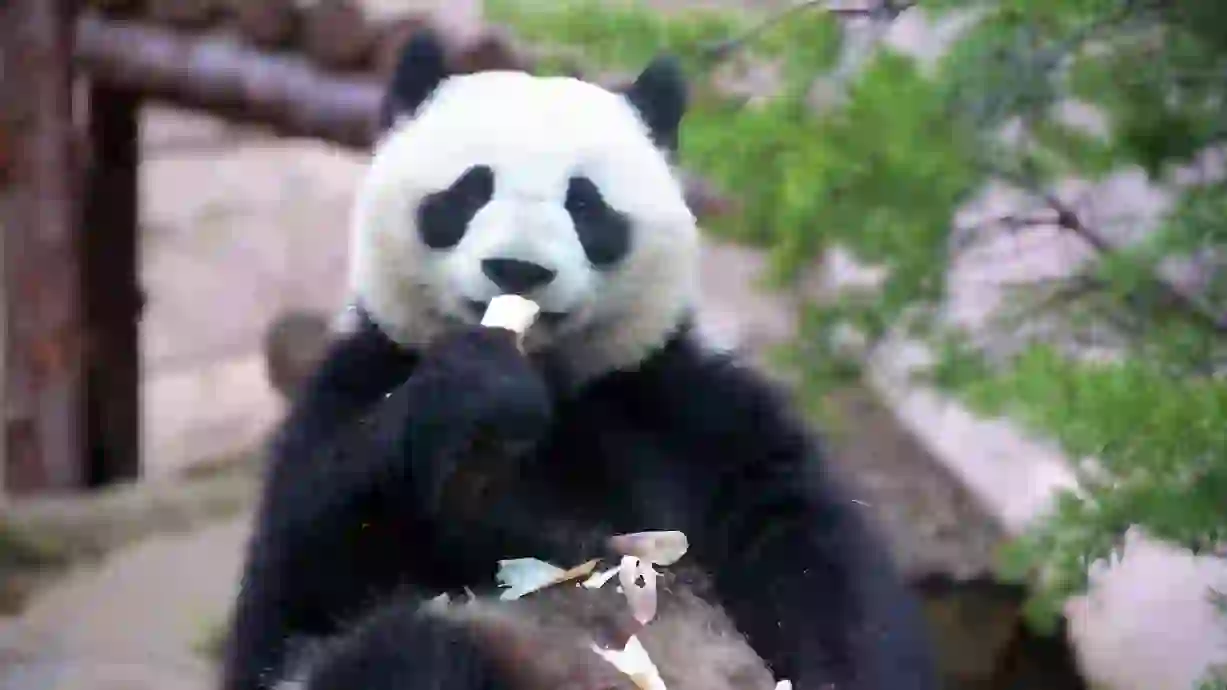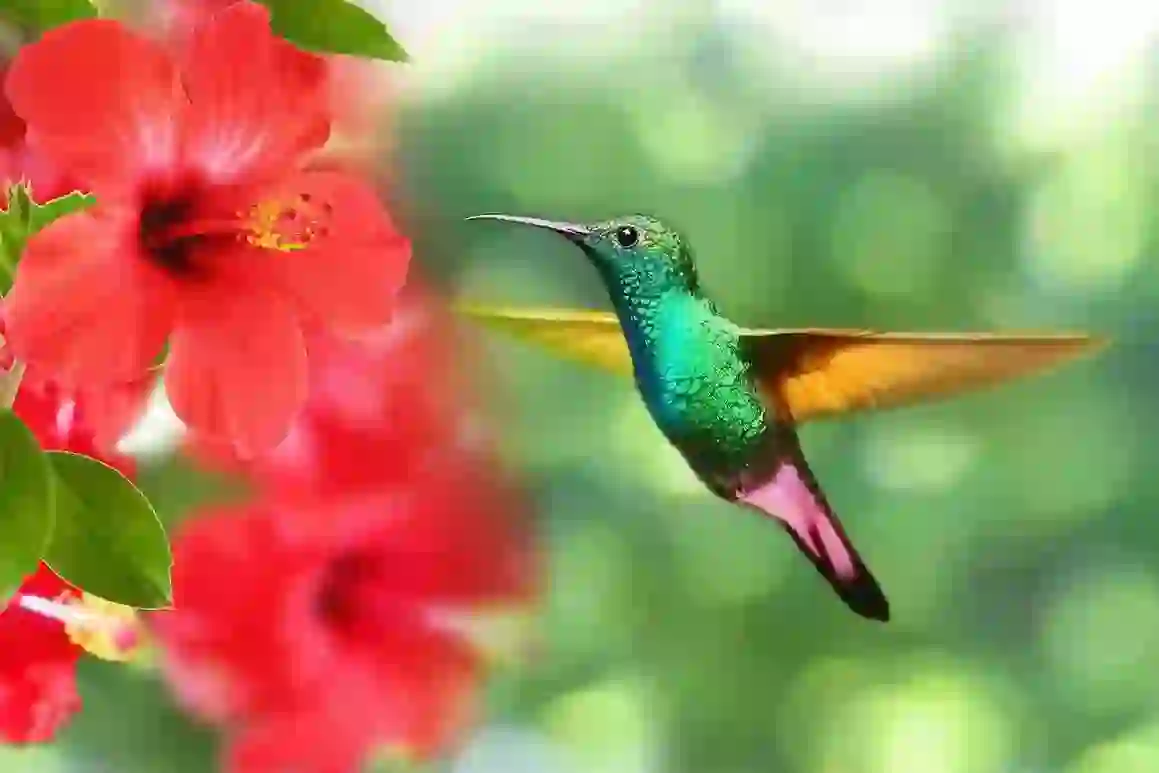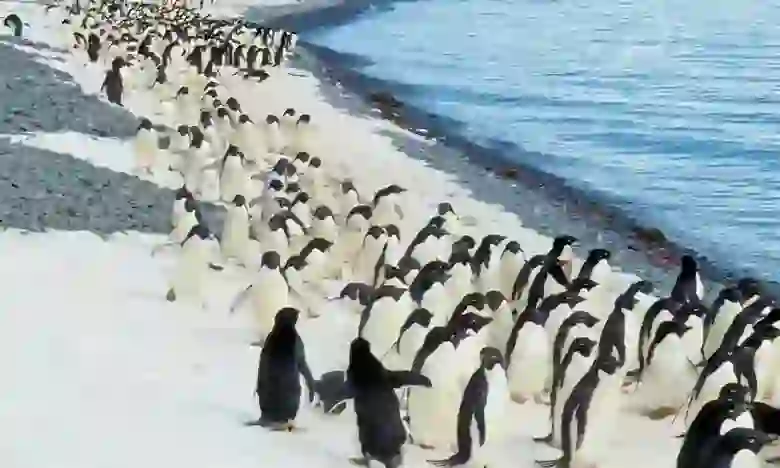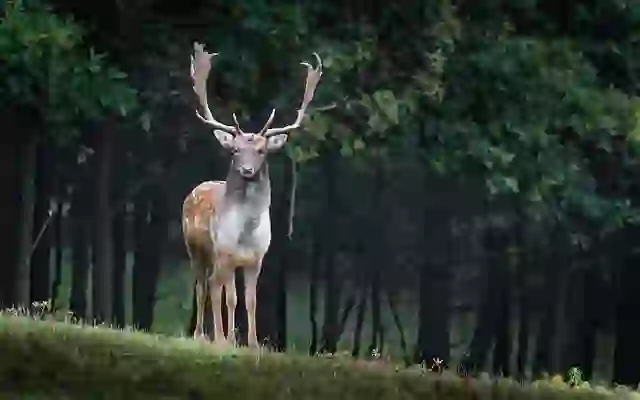
Mountain Gorilla
Mountain Gorilla
Mountain Gorilla
In the misty mountains, the mountain gorilla stands silently. Their deep, gentle eyes seem to speak to our human hearts. Let's delve into the ecology of these gorillas, who are slowly increasing in number after overcoming the threat of extinction, and learn about the current state of their conservation.
Mountain Gorilla Basic Infomation

| Property | Value |
|---|---|
| Scientific Name | Gorilla beringei beringei |
| Taxonomic Status | ACCEPTED |
| Rank | SUBSPECIES |
| Kingdom | Animalia |
| Phylum | Chordata |
| Class | Mammalia |
| Order | Primates |
| Family | Hominidae |
| Genus | Gorilla |
| Conservation Status | Critically Endangered |
| Subspecies | Gorilla beringei beringei |
| Species | Gorilla beringei |
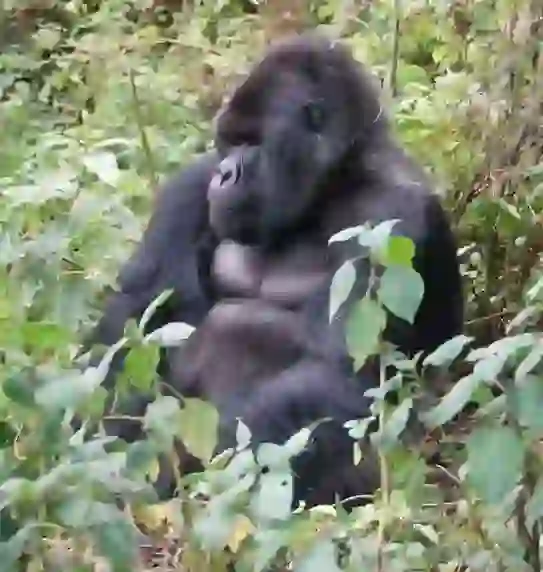
Size
Adult males measure about 1.7 to 1.8 meters in length and weigh 160 to 200 kilograms. Females are smaller than males, weighing 90 to 120 kilograms.
_female_with_baby.webp?alt=media)
Lifespan
They live for 35 to 40 years in the wild, and over 50 years in captivity.
_05.webp?alt=media)
Distribution
They are found only in the limited mountainous areas of the Virunga Mountains and Bwindi Impenetrable National Park, which straddle the borders of Uganda, Rwanda, and the Democratic Republic of the Congo. They are adapted to life in high altitudes, ranging from 2,200 to 4,000 meters.
Mountain Gorilla Q&A

What kind of gorilla is the mountain gorilla?
The mountain gorilla is a subspecies of the eastern gorilla, and as its name suggests, it lives in mountainous areas. They have longer and denser fur than other gorillas, an adaptation to the cold climate.
They have black faces, broad noses, and small eyes, giving them a powerful appearance. They are primarily terrestrial and move on all fours. However, they are also good at climbing trees and sometimes eat fruit or rest in trees.
_female_with_baby.webp?alt=media)
What do mountain gorillas eat?
Mountain gorillas are mainly herbivores, feeding on leaves, stems, fruits, and bark. They particularly enjoy herbaceous plants such as celery and nettles.
They eat about 18 kg of plants per day, spending a lot of time foraging. They also occasionally eat insects and snails.
_05.webp?alt=media)
What kind of lives do they lead?
Mountain gorillas live in groups of 5 to 30 individuals. A group typically consists of one mature male (silverback), several females, and their offspring.
The silverback, as the leader of the group, protects the group from other male gorillas, finds food, and decides where the group will travel. They are active during the day and rest at night in nests built on the ground from piles of vegetation. Mountain gorillas are highly intelligent and have complex social structures. They communicate using various sounds and gestures and cooperate to survive.

[Quiz!] Can mountain gorillas laugh, like humans?
Gorillas are capable of making a wide range of facial expressions, just like humans. Their emotions, such as joy, anger, and sadness, are reflected in their expressions. And, just like humans… they can laugh!
Gorilla laughter sounds like a "co-ho-co-ho" and is often heard when they are tickled or playing. Gorillas are very closely related to us humans.
_female_eating_root.webp?alt=media)
[Quiz!] Why were mountain gorillas endangered?
Mountain gorillas were once on the brink of extinction due to habitat destruction, poaching, and disease.
However, in recent years, conservation efforts have led to a slow but steady increase in their numbers. Currently, the wild mountain gorilla population has recovered to about 1,000 individuals.
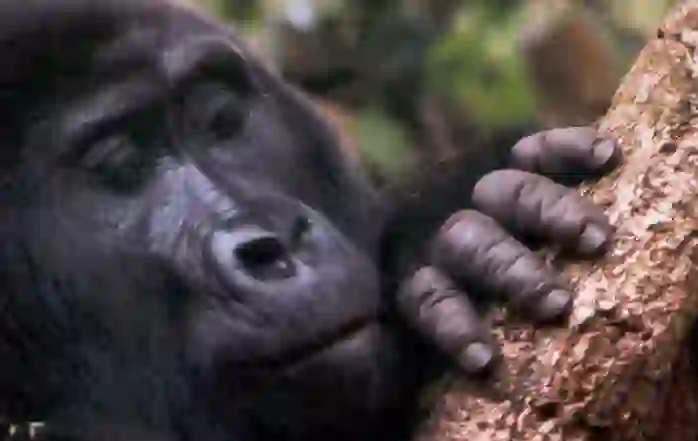
[Quiz!] What efforts are being made to protect mountain gorillas?
Various efforts are being made to protect mountain gorillas, including:
・Strengthening anti-poaching patrols
・Habitat conservation
・Establishment of protected areas
・Promotion of ecotourism
・Educating local communities
These efforts are carried out through the cooperation of international organizations, governments, NGOs, and local communities.
Mountain gorillas are a precious asset to our planet. Let's each consider what we can do to protect their future and take action!

Would you like to become a part of the 'Animalbook.jp'?
Turn your knowledge into Q&A and share it with the world. ※Publication will be activated after purchase. Let's share information together!
Mountain Gorilla Type of List

Efforts to Protect Mountain Gorillas
- Strengthening law enforcement against poaching
- Habitat conservation
- Establishment of protected areas
- Promotion of ecotourism
- Educating local communities
Information
Congratulations! You are the first commenter!

Create Your Favorite List!
Mountain Gorilla
Save the animals you love! Build your own list to quickly revisit your favorites later.

Would you like to leave a comment?
※Please note: This is for the purchase of rights to post comments within the article.
Find Your Favorites!
Our shop offers a unique and attractive selection of goods themed around various animals.
Mountain Gorilla References
Mountain Gorilla Introduction of media used

https://www.flickr.com/photos/deepphoto/ d_proffer, CC BY 2.0, via Wikimedia Commons
_female_with_baby.webp?alt=media)
Charles J. Sharp, CC BY-SA 4.0, via Wikimedia Commons
_05.webp?alt=media)
Thomas Fuhrmann, CC BY-SA 4.0, via Wikimedia Commons

Azurfrog, CC BY-SA 4.0, via Wikimedia Commons
_female_eating_root.webp?alt=media)
Charles J. Sharp, CC BY-SA 4.0, via Wikimedia Commons

Kurt Ackermann (English Wikipedia username KMRA), CC BY 2.5, via Wikimedia Commons
%2C_2-year-old.webp?alt=media)
Charles J. Sharp, CC BY-SA 4.0, via Wikimedia Commons

Help Enrich Our Animalbook.jp with Your Media!
We are constantly looking to expand and enrich our Animalbook.jp with amazing photos and videos of animals. If you have any media that you'd like to share, please contribute and help us showcase the beauty and diversity of the animal kingdom. Your submissions will be credited and featured in our encyclopedia, reaching a wide audience of animal lovers.



